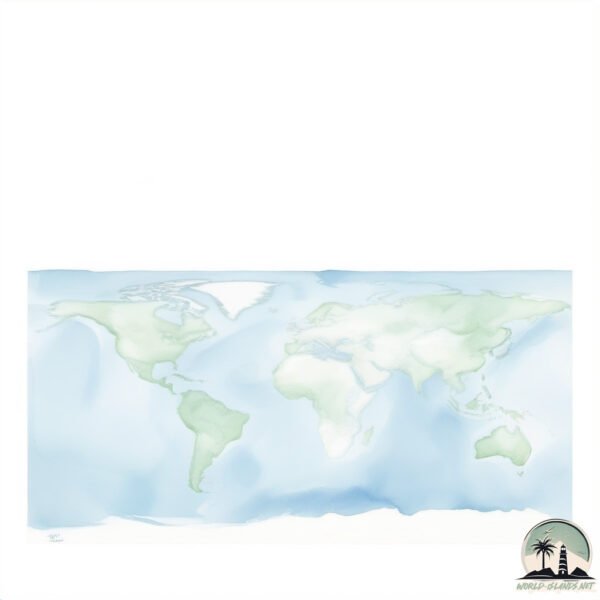Welcome to Wrangel , a Polar island in the Baffin Bay, part of the majestic Arctic Ocean. This guide offers a comprehensive overview of what makes Wrangel unique – from its geography and climate to its population, infrastructure, and beyond. Dive into the details:
Geography and size of Wrangel
Size: 7615 km²Coastline: 1790 kmOcean: Arctic OceanSea: Baffin BayContinent: Asia
Wrangel is a Very Large Island spanning 7615 km² with a coastline of 1790 km.
Archipel: –
Tectonic Plate: North America – Covers North America and parts of the Atlantic and Arctic Oceans, characterized by diverse geological features and varying levels of seismic activity.
The geographic heart of the island is pinpointed at these coordinates:
Climate and weather of Wrangel
Climate Zone: PolarClimate Details: TundraTemperature: Cold
Climate Characteristics: The tundra climate features long, extremely cold winters and short, cool summers. Vegetation is limited to mosses, lichens, and small shrubs due to the low temperatures and short growing seasons. Biodiversity is low, but some specialized species thrive.
Topography and nature of Wrangel
Timezone: UTC+12:00Timezone places: Asia/KamchatkaMax. Elevation: 995 m Mean Elevation: 155 mVegetation: Sparse VegetationTree Coverage: 13%
The mean elevation is 155 m. The highest elevation on the island reaches approximately 995 meters above sea level. The island is characterized by Plateau: Elevated flatlands rising sharply above the surrounding area, with a maximum elevation over 500 meters but a mean elevation less than 300 meters, forming unique highland areas on islands.
Dominating Vegetation: Sparse Vegetation
Vegetation: 13 vegetation zones – Exceptionally Diverse Island
Infrastructure and Travelling to Wrangel
Does the island have a public airport? no .
Does the island have a major port? no .
The mean population of Wrangel is 0 per km². Wrangel is Uninhabited. The island belongs to Russia .
The name of the island resonates across different cultures and languages. Here is how it is known around the world: Arabic: جزيرة رانجل; German: Wrangelinsel; Spanish: Isla de Wrangel; French: Île Wrangel; Portuguese: Ilha de Wrangel; Russian: Остров Врангеля; Chinese: 弗兰格尔岛
Continuing your journey, Ostrov Itygran is the next notable island, situated merely km away.
Extreme trip to the land of polar bears. Arctic / "Wrangel Island. Frozen Paradise"
At the distant edge of Russia, amidst the jagged ice of the Arctic, a deserted island lies hidden. Few are aware of its existence, ...
Extreme trip to the land of polar bears. Arctic / "Wrangel Island. Frozen Paradise"
At the distant edge of Russia, amidst the jagged ice of the Arctic, a ...
At the distant edge of Russia, amidst the jagged ice of the Arctic, a deserted island lies hidden. Few are aware of its existence, ...
The Island of the Last Surviving Mammoths
The Wrangel Island mammoths would end up being the final survivors of ...
The Wrangel Island mammoths would end up being the final survivors of a once-widespread genus. In their final years, after ...
Wrangel Island: The Arctic’s Last Great Wilderness
Wrangel Island, located in the Arctic Ocean off the coast of Russia, ...
Wrangel Island, located in the Arctic Ocean off the coast of Russia, is a UNESCO World Heritage Site and one of the last ...
Russia is classified as Emerging region: BRIC: Brazil, Russia, India, and China – Economies noted for their rapid growth and increasing influence on global affairs. The level of income is Upper middle income.
News – Latest Updates and Headlines from Wrangel
Stay informed with the most recent news and important headlines from Wrangel. Here’s a roundup of the latest developments.
Loading...
Social Media Posts about Wrangel
Loading...
Please note: The data used here has been primarily extracted from satellite readings. Deviations from exact values may occur, particularly regarding the height of elevations and population density. Land area and coastline measurements refer to average values at mean high tide.

